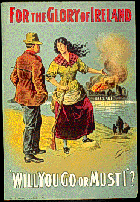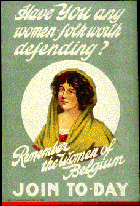Right about now I’ve been in Ireland around seventy-two hours. It’s amazing the things I’ve learned about the islands culture and history. I can’t help in my absorption to identify the similarities or differences to my own American existence. I can’t say that this is the correct or right thing to do, it is just how I am processing the information given at this moment.
I think the most interesting thing I’ve learned so far pertains to the culture of the island in the wake of invading forces. Being a place that has endured wave and wave of conquering and dominating force, one might expect a different Ireland. However, unlike other lands that have seen this wave of invading force, Ireland has seen her invaders become her children. As Nessa O Mahoney conducted our whistle stop tour of Irish History she mentioned how the current Irish are influenced genetically by their invaders but culturally the Isle of Ireland has reigned supreme. She mentioned how invader after invader came first to conquer and then fell in love with the land and the culture of its people. We know that being our first mother, the land directly impacts cultural identity. I find it fascinating that culturally (and admittedly economically) Ireland was attractive enough to hold its own in some form.
Coming from America, I find this particularly interesting. The indigenous natives of American land have not met so fortunate an existence. When American native people show up in dominate culture it is often playing on negative stereotypes and adding massive insult to injury. There is some recognition of their connection to the land and culture, but it does not play into the larger American Identity in a positive way. I can’t say this is the case for most indigenous groups of people who suffer from the level of invasion Ireland has sustained.


